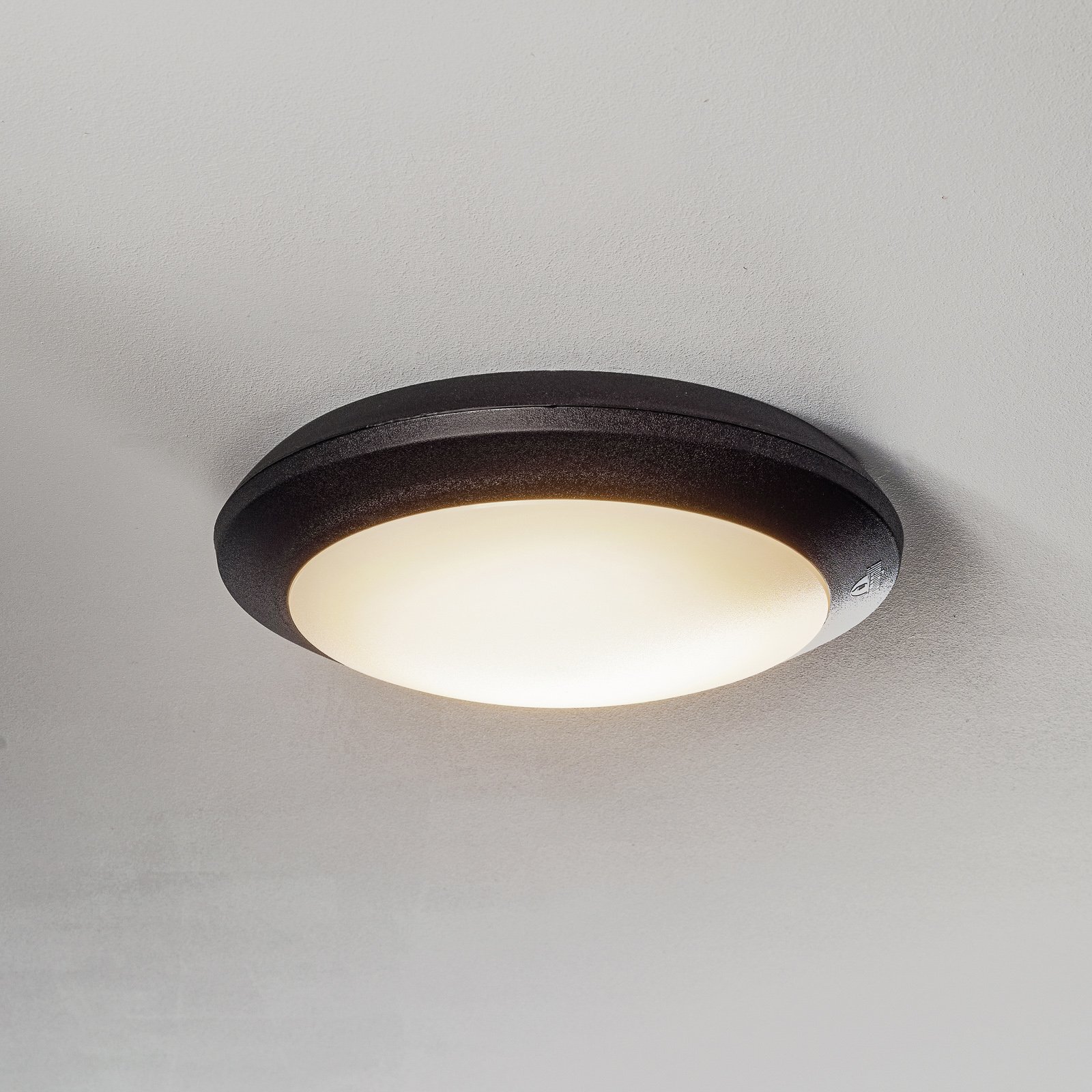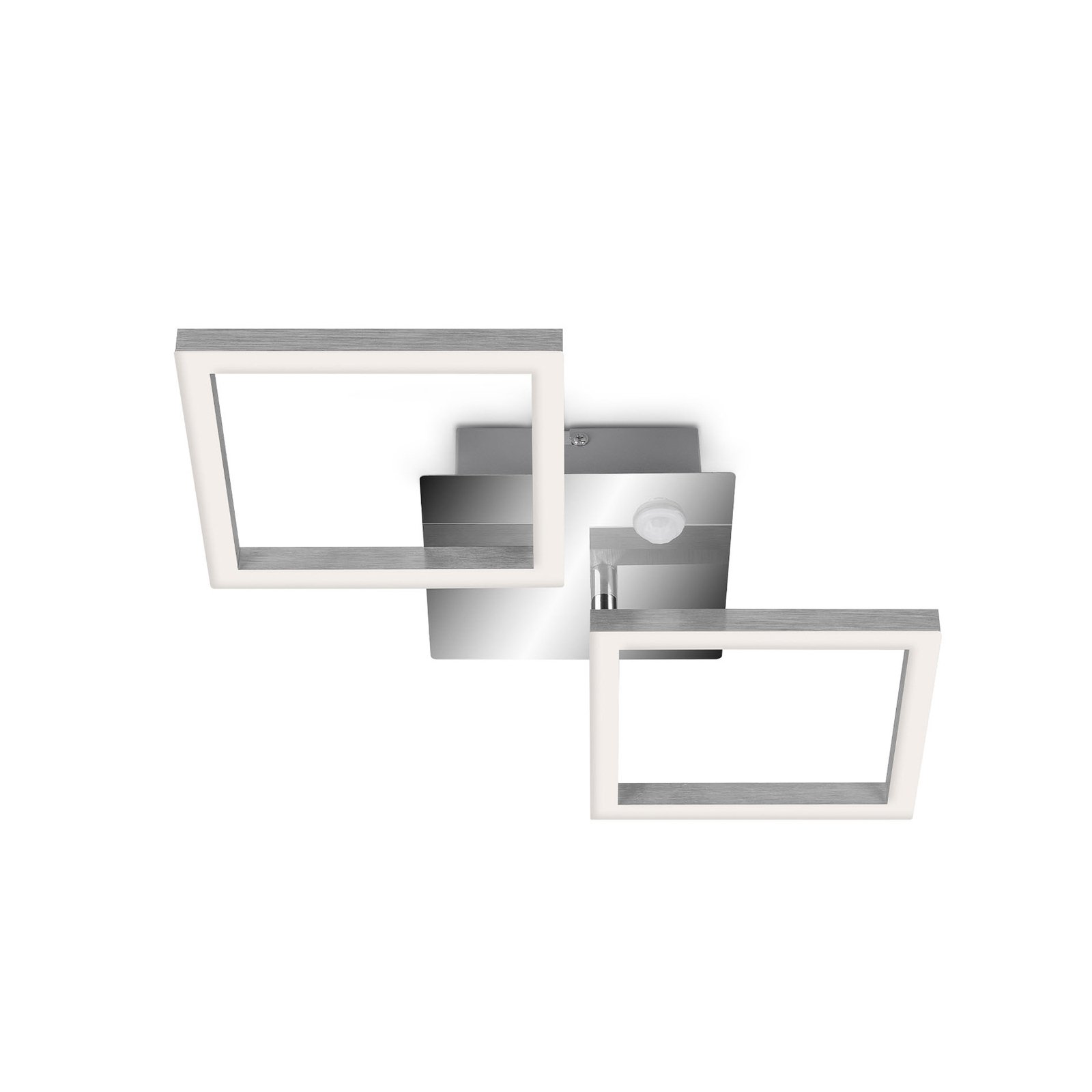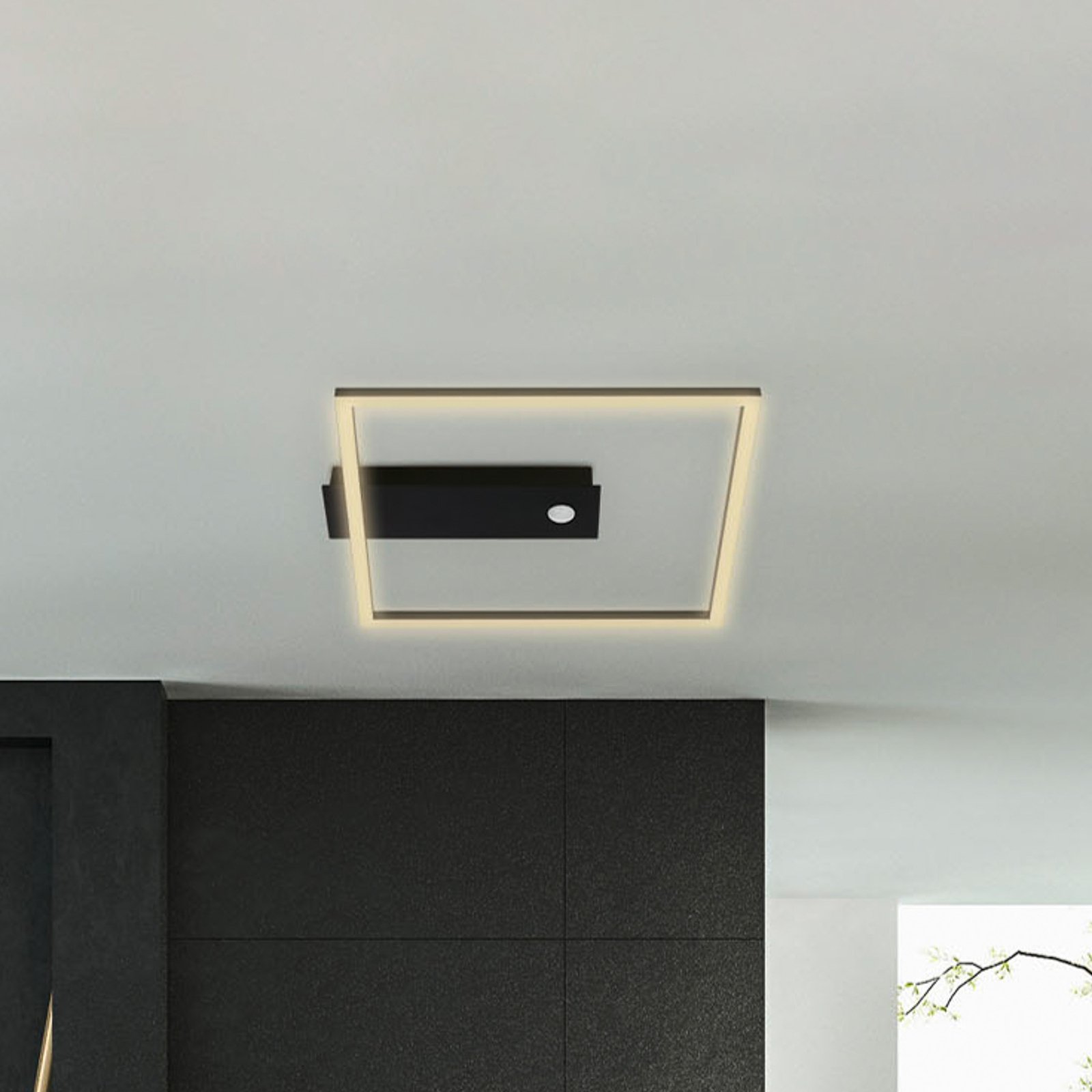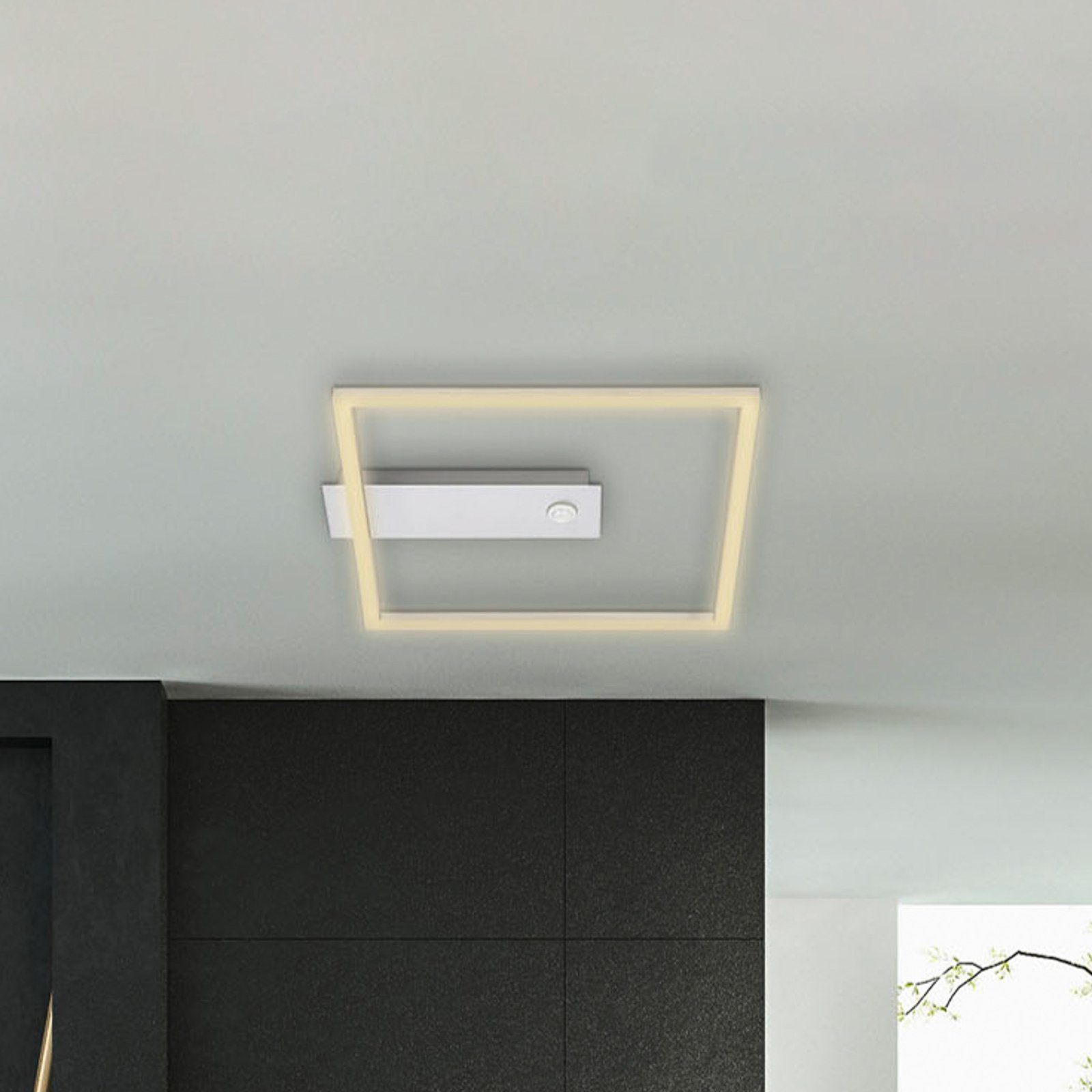- 50 days free returns
- Rated “Great” on Trustpilot
- Europe's largest selection of brands
Ceiling lights with motion detector - switch on, switch off, fully automatically
Be honest: how often do you forget to switch on the light when you're "just wandering" through the hallway or climbing stairs at home? Because you know everything inside out. Be honest again: how often do you switch the light on and forget to switch it off again? The light burns for hours, consumes electricity and nobody benefits.
In both cases, ceiling lights with motion detectors are used. They offer two advantages:
- Automatic switch-on: This means more safety and convenience!
- Automatic switch-off: This means saving more electricity and protecting the light bulbs!
A note on the installation of your ceiling light with motion detector: Please always consult a qualified electrician when connecting your lights. Even if you want to retrofit an existing ceiling light with an external motion detector. The electrician will find valuable tips on installation in the installation instructions.
Can ceiling lights be retrofitted with a motion detector?
In principle, it is possible to connect an external motion detector to a ceiling light without a motion detector (click on the link to discover these in the store).
However, you should consider carefully in advance whether you would like to have an external motion detector (e.g. to be able to set it individually). Or whether it is less expensive to buy a new ceiling light with an integrated motion detector**.
This is because external motion detectors may require chiseling and painting work. In such a case, an external motion detector that replaces an existing switch could be of interest.
How does the motion detector in my ceiling light work?
It all depends on the technology in the motion detector of the ceiling light. A basic distinction is made between two technologies: the infrared motion detector (IR) and the high-frequency motion detector (HF).
IR sensors are used both indoors and outdoors. They record a heat image and react to changes by switching on the light. Infrared sensors are generally somewhat "slower".
HF sensors are generally only used indoors, for which they are ideally suited. They record an echo image and capture almost every movement. In outdoor areas, however, high-frequency sensors are unusual, as even the smallest movements can trigger the light. One exception is intelligent high-frequency sensors, whose technology has been developed to such an extent that they can distinguish human movements from insects, falling leaves and rain. These sensors are increasingly being used outdoors.
What sizes of LED panels are available?
LED panels are not standardized, which is why there is a wide variety of surface-mounted and recessed sizes. However, some dimensions have now become "standard ". These include, for example, the sizes 625x625mm / 600x600mm / 1250x625mm / 1250x312mm / 1200x300mm for insert panels (for grid ceilings). Diameters of 68mm / 82mm are often used for round LED panels.
How is the motion detector of the ceiling light set?
Whether the motion detector is adjustable at all depends on the product. With some luminaires, the motion detectors are fixed in terms of their alignment. With other ceiling lights and, of course, with externally installed motion detectors, you can align the motion detector precisely to the area to be monitored.
This is best done in pairs so that you can check whether the motion detector is detecting the movement correctly. If this is not the case immediately, reset your helper to the beginning. And you turn or tilt the motion detector slightly. Try again!
Other settings that can be made depending on the product include
- the time period in which the ceiling light is illuminated
- the range of the motion detector,
- the sensitivity of the twilight sensor, i.e. the brightness at which the motion detector is activated
The latter allows you to customize your ceiling light with motion detector according to your personal vision or individual preferences.
Are ceiling lamps with motion detectors also available with batteries?
As ceiling lights are usually operated via a power connection, battery operation is not usually provided. Neither with motion detector nor without. However, there are battery-operated lights with motion detectors for wall or ceiling mounting. These are of course not wired. You can also stick them on using special adhesive tape instead of screwing them on.
However, you should not compare the light output of such "supportive" lighting with a real ceiling light. However, such battery-powered helpers are very suitable as orientation lights at night.
Please note: A battery in a ceiling light always has the "disadvantage" that you need a ladder to change the battery. Always purchase branded batteries to avoid frequent maintenance.
By the way: It all looks different outside. There are many solar lights with motion detector here.
The strike-through prices correspond to the manufacturer's RRP.
Included in the price of LED lights/bulbs is a contribution to recycling costs of €0.05. Included in the price of CFLs/fluorescent bulbs is a contribution to recycling costs of €0.15.
All prices include 23% VAT, delivery costs excluded.

































































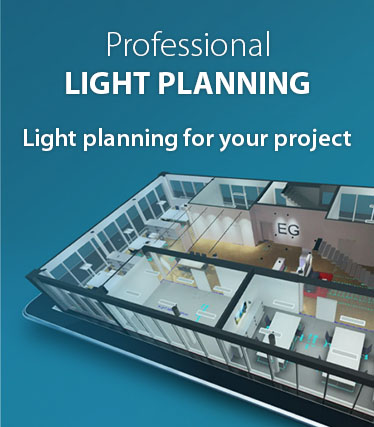








:format(jpeg))



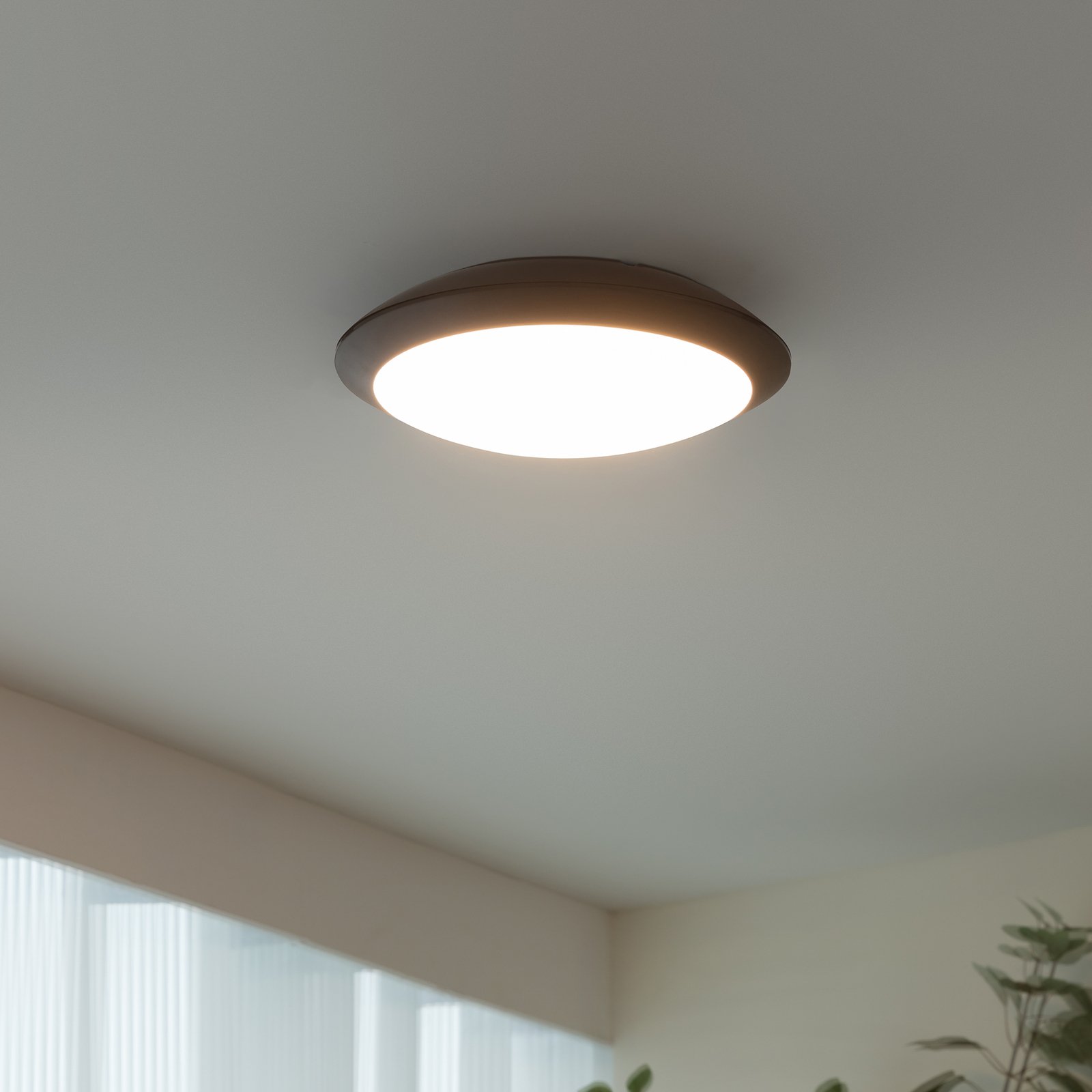









:format(jpeg))





:format(jpeg))
:format(jpeg))
:format(jpeg))
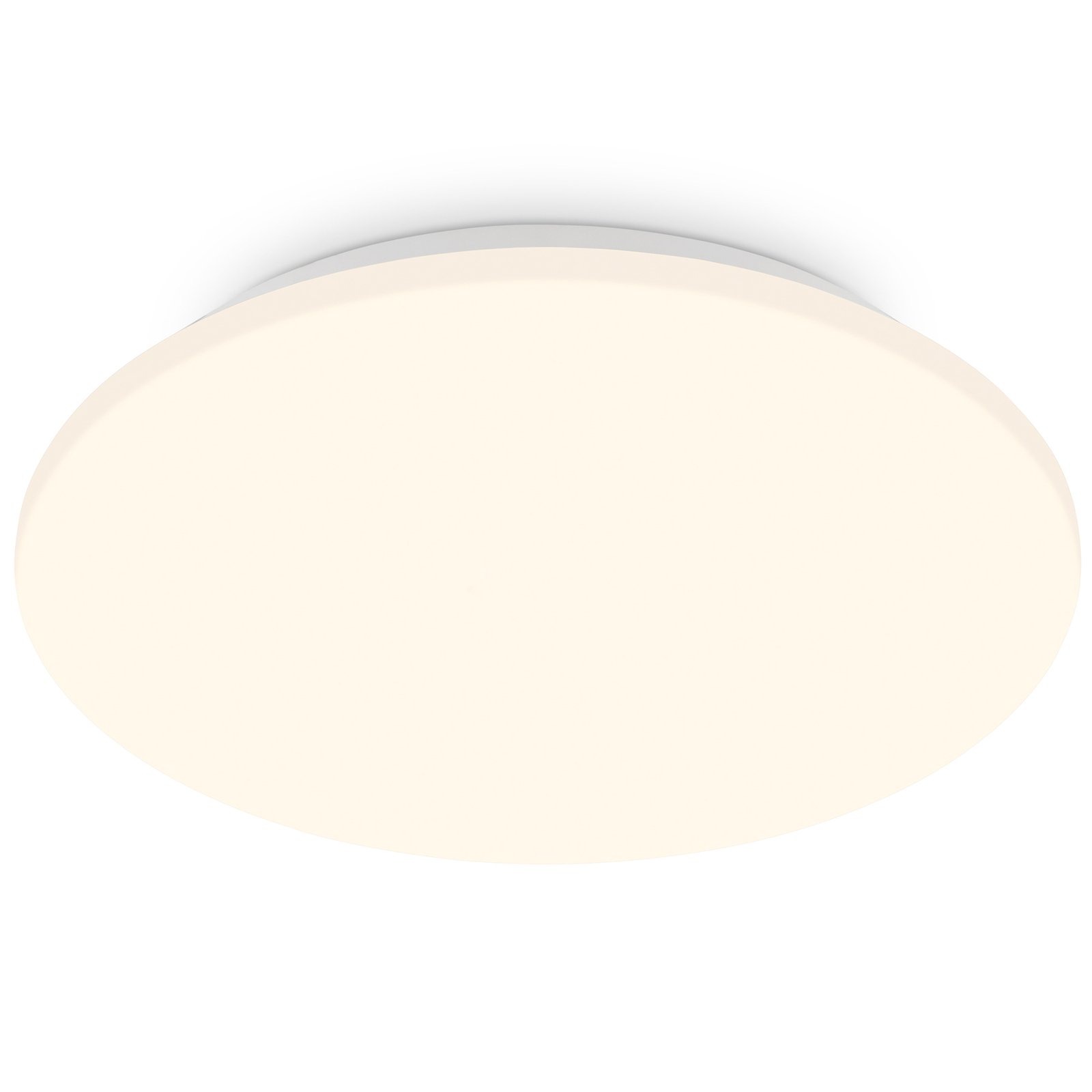







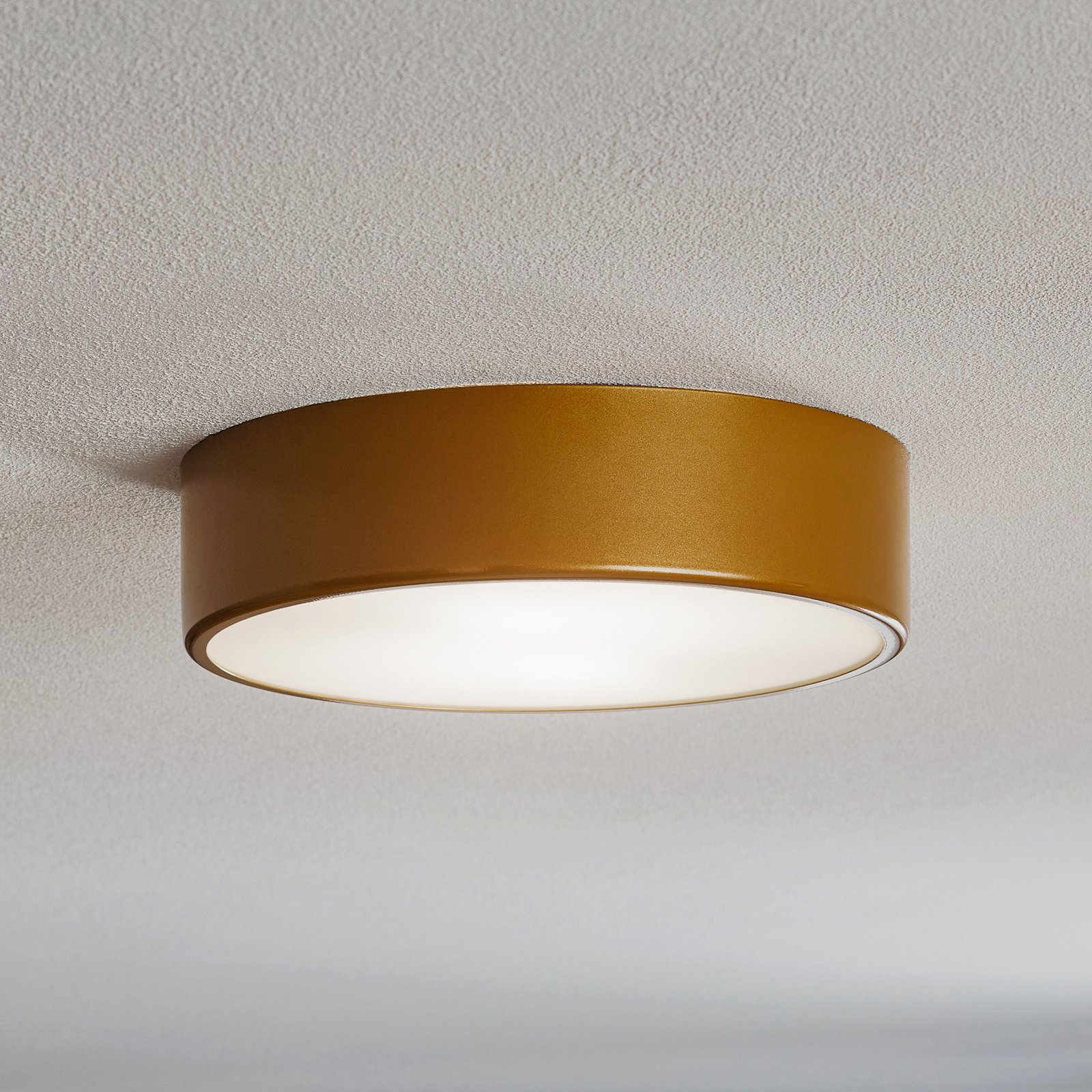

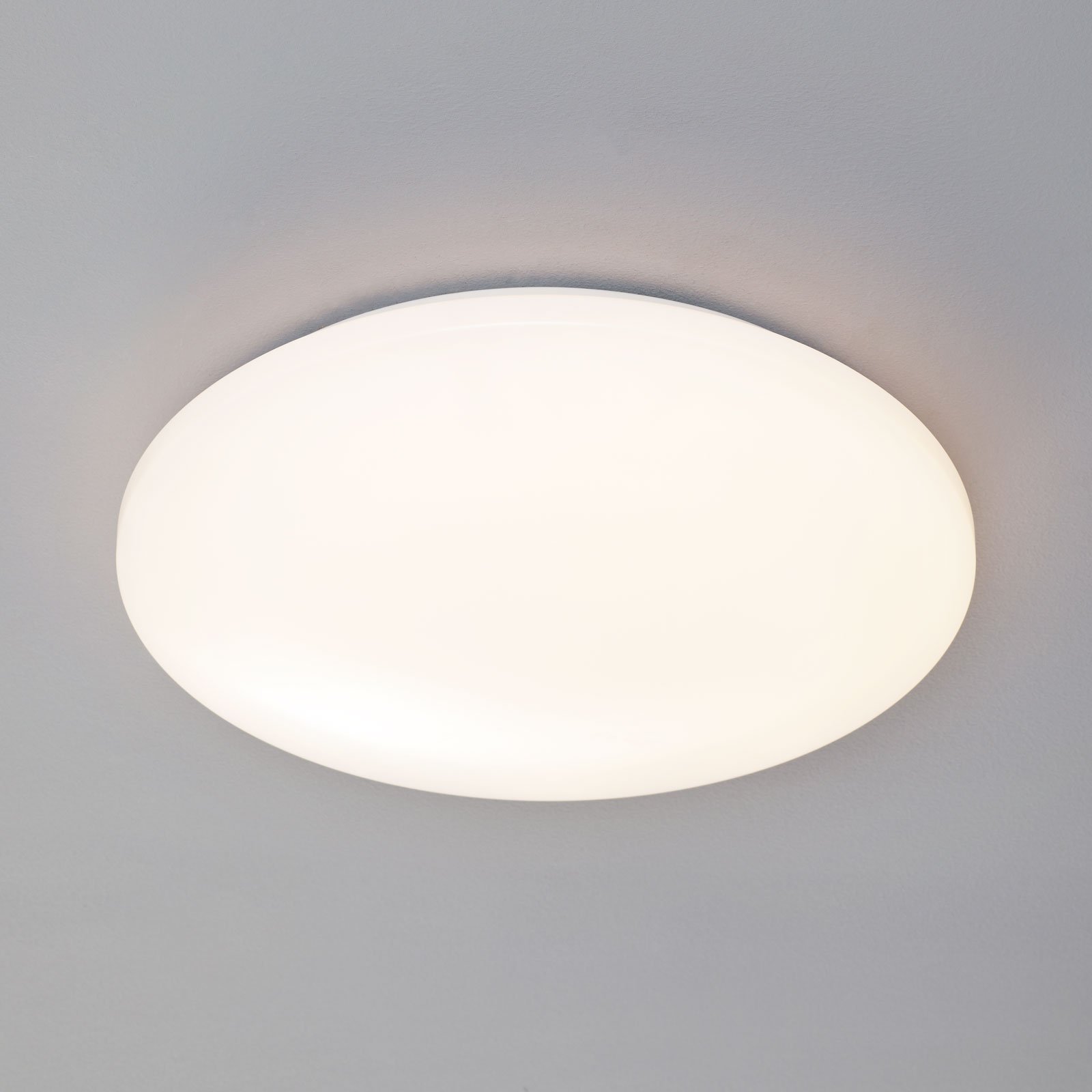





:format(jpeg))


